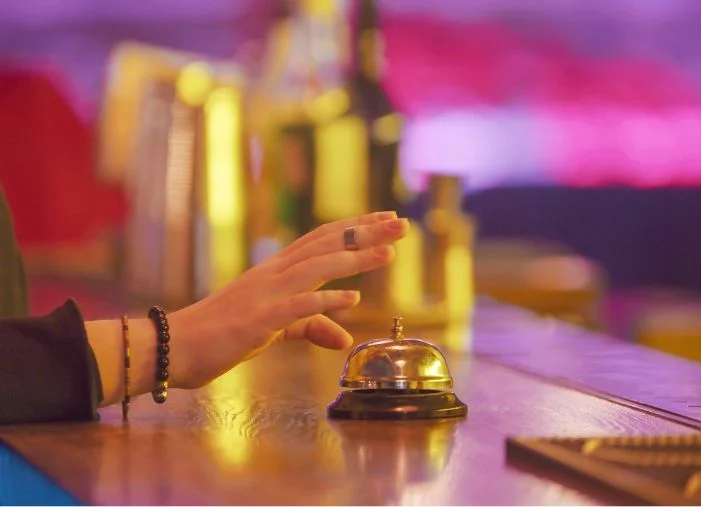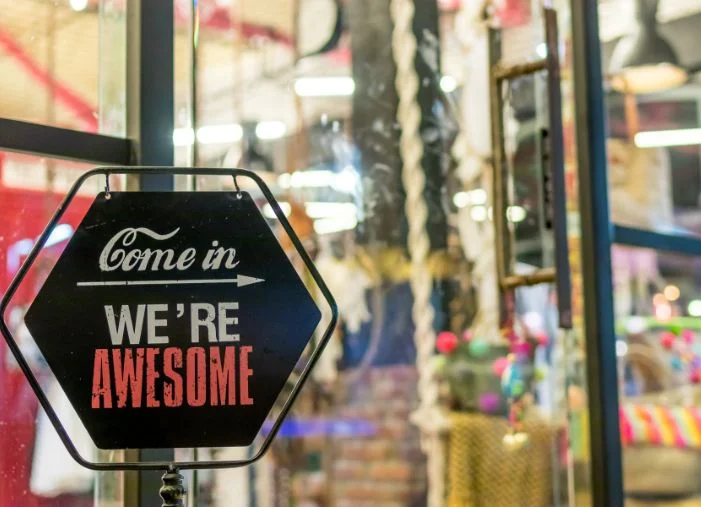First impressions matter—especially for businesses. That’s why you double-check your subject lines more than your email. It’s why you put so much thought into your search ads. And that’s why you need to make sure you have a catchy advertising slogan that engages your audiences and introduces your brand.
In this post, I’m going to show you how to do that by sharing examples of enduring advertising slogans.
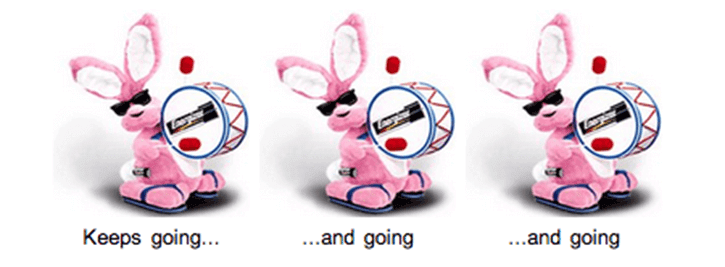
We’re going to cover:
- What is an advertising or marketing slogan?
- Some of the best advertising slogans ever
- More creative advertising slogans
- How to draft your own catchy advertising slogans
Let’s get started.
What is an advertising or marketing slogan?
An advertising or marketing slogan is a concise, catchy phrase used with consistency across brand and marketing materials to position the brand and foster recognition with a broad audience and affinity with a target audience. The audience of a slogan is key here—your slogan isn’t only for your target audience or your customers. It’s also how you want anyone to think of your brand.
That’s why a short, pithy statement works best. You can use wordplay, rhythm, and more to make a slogan memorable to anyone who hears or reads it. And you should use language and appeal to emotions that rally your target audience around your brand’s mission, purpose, or product.
Now, rallying makes sense when we think of other uses of slogans: political campaigns.
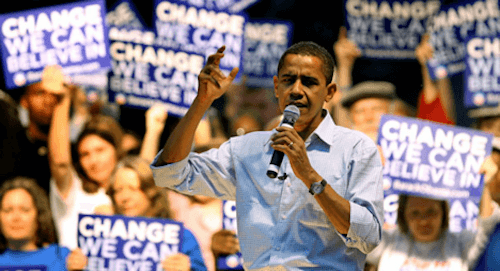
But keeping this in mind when you’re working on a slogan for your business can help. You want your advertising slogan to inspire something—feelings of belonging, confidence in your product, even a smirk at a clever joke.
🛑 Worried you’re wasting spend in Google Ads? Find out with a free, instant audit >> Google Ads Performance Grader
Some of the best advertising slogans ever
If you’re looking to write or refresh your business’s advertising slogan, the best way to get started is to look at enduring, successful examples. That way, you can get a feel for what sounds good and works, plus start getting some ideas for how to capture your brand in a slogan. Here are 21 catchy adverising slogan examples that are so memorable we couldn’t forget them if we tried.
1. Nike: Just Do It
This slogan is first for a reason—it’s iconic, and it’s everywhere. Nike uses this slogan on packaging, on clothing, and throughout its ad campaigns. This consistently helps with recognition. You only need to hear or see the slogan with the Nike logo a few times before they are linked in your memory.
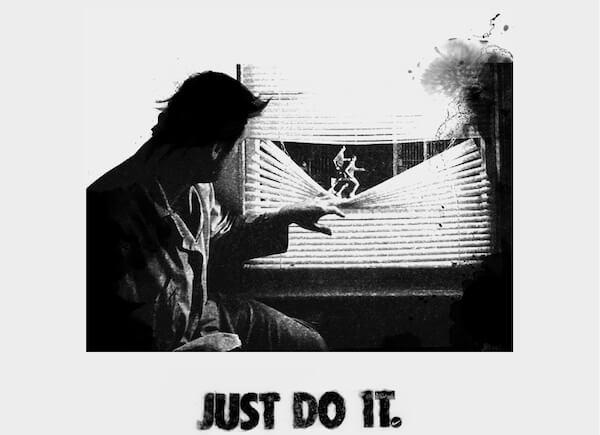
The origin story for this slogan? Not so nice. According to The Washington Post, in 1988, advertising exec Dan Wieden pitched Nike this slogan, which was based on the last words of a man convicted of murder. Morbid inspiration.
2. L’Oreal: Because You’re Worth It
L’Oreal’s slogan “Because You’re Worth It” turns 50 this year, and its inception has a much nicer story. In 1971, it was 23-year-old copywriter Ilon Specht at the advertising agency McCann who wrote the slogan for the beauty company.
Not only was it the first advertising message to highlight self-confidence, it revolutionized advertising.
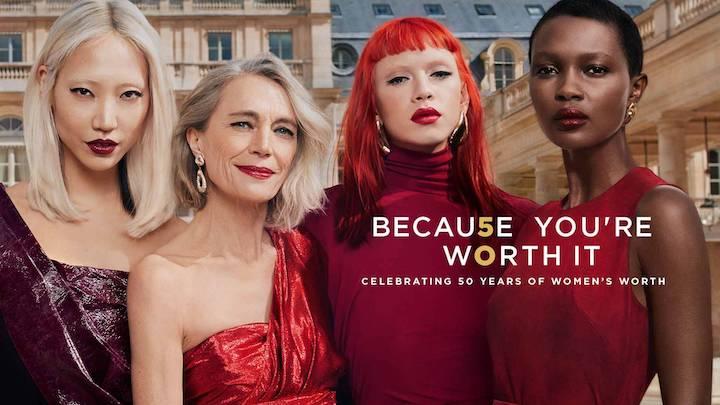
And the positive message L’Oreal uses here is still relevant and fresh. The phrase appeals to women’s self-worth with an empowering affirmation—even if it encourages us to act on that empowerment by purchasing beauty products. It’s a timeless advertising slogan, which might just be the best kind.
3. Maybelline: Maybe She’s Born With It. Maybe It’s Maybelline.
Maybelline actually changed its slogan in 2016 to “Make It Happen,” but ask anyone today and the original still reigns. Talk about an enduring marketing slogan.
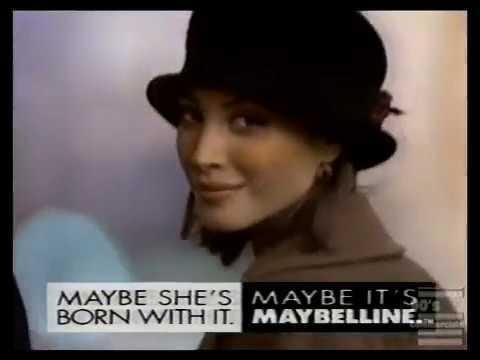
This time, though, it’s the wordplay and not the brand message that sticks. The repetition here makes this an earworm—and that’s before you even hear the jingle.
4. Lay’s: Betcha Can’t Eat Just One
I love that this slogan is a dare. It not only makes it clear that Lay’s chips are deliciously addicting, but it also represents the brand as active and engaging. Plus, it set Lay’s up for creative ad campaigns using this slogan.
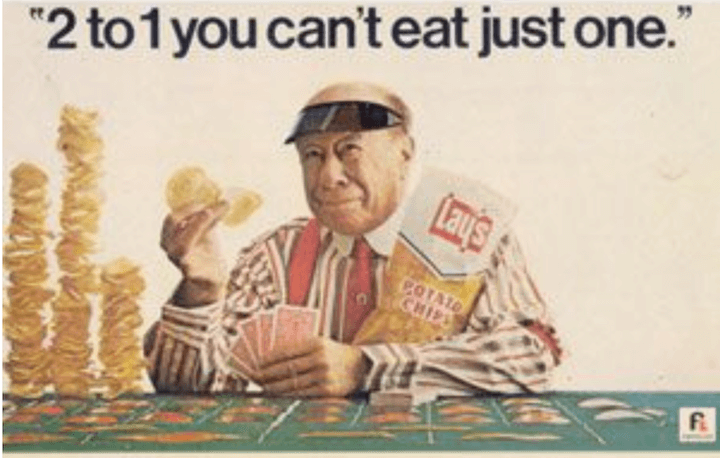
5. Burger King: Have It Your Way
Burger King’s customer-centric slogan similarly invites the customer in by including the “your” pronoun.
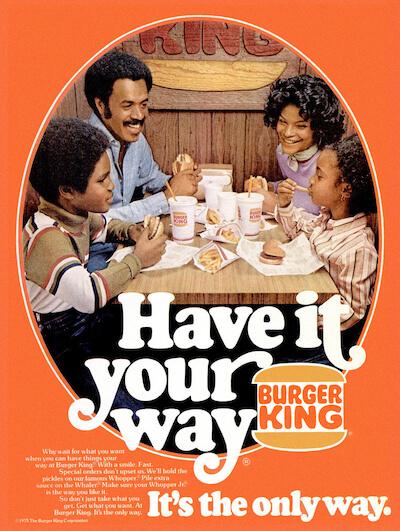
But Burger King also positions itself as different from its major competitors—ahemn, McDonald’s—with this slogan by offering personalized service and customized fast food. (Check out this old Burger King commercial, it’s good for a laugh.)
6. Bounty: The Quicker Picker Upper
One way to nail your slogan is to add wordplay. The rhyme with “quicker picker upper” here is unbeatable. Once you hear it, the slogan never leaves your brain. And that’s good for Bounty, especially because it also managed to pack its value (picking up messes) and differentiate itself from the competition (doing that quicker).
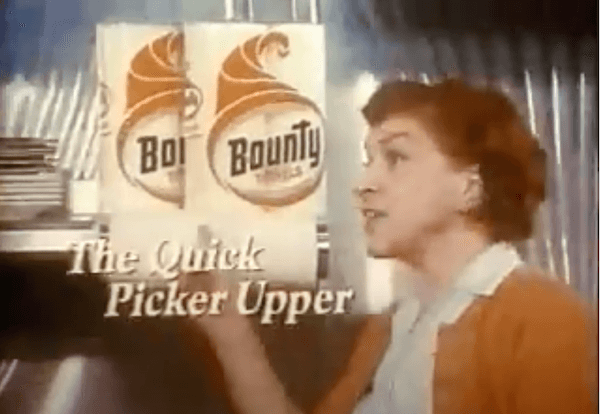
📚 Get the guide >> How to Make Great Landing Pages (with Crazy High Conversions)
7. The New York Times: All The News That’s Fit to Print
This iconic slogan was first used in 1897, and it still appears on the front page of the newspaper of record today.
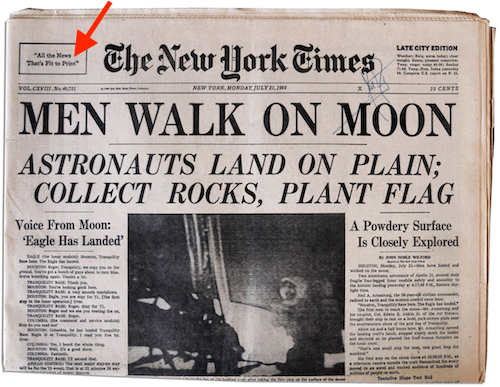
(Though I wouldn’t recommend putting your slogan in quotes. That could lead to questions of attribution, not to mention some clunky images.)
Creative advertising slogans that stick with you
The rest of these advertising slogan examples are more recent than the ones above, but are by no means less powerful. And hey, they just may be celebrating their 50 year anniversaries some day.
8. McDonald’s: I’m Lovin’ It
Like Lay’s, this slogan is also active. But McDonald’s puts the customers’ experience with its food front and center here: It’s the customer who is loving their hamburger or Happy Meal. Simple and appealing.
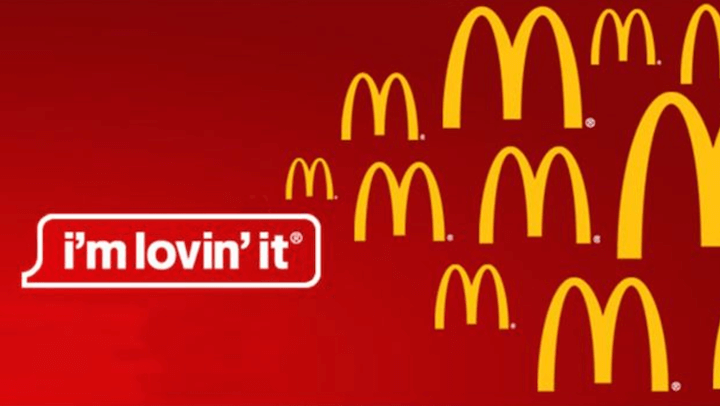
9. Taco Bell: Think Outside the Bun
A powerful advertising slogan makes it clear how your product or offering is different, and that’s what Taco Bell does well here. While most hum-drum fast food options are drive-through hamburgers, Taco Bell offers more.
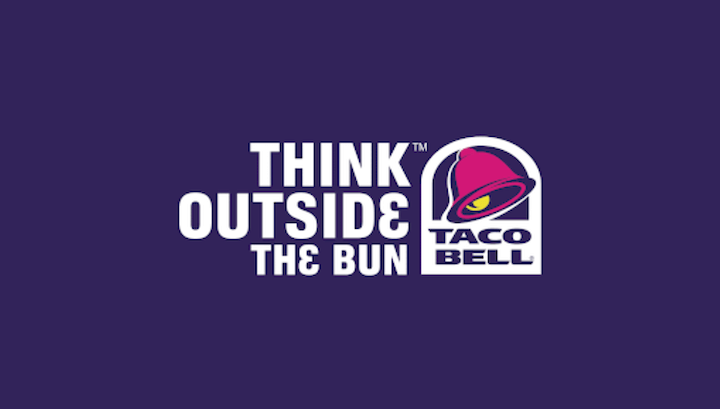
It’s also worth noting that Taco Bell recently changed its slogan to “Live Mas.” Timeless slogans are ideal, but the option to change can be a good thing. With the rise of fast casual, there are more options than hamburgers and Taco Bell, and the company responded to that by evolving its brand and its slogan.
10. Goldfish: The Snack That Smiles Back
Goldfish are wholesome, friendly, and great for kids—which is mostly thanks to a smart branding strategy and the fish shape. This slogan anthropomorphizes the barely fish-shaped crackers even more definitively and makes them engaging as well as delicious. Who could say no?
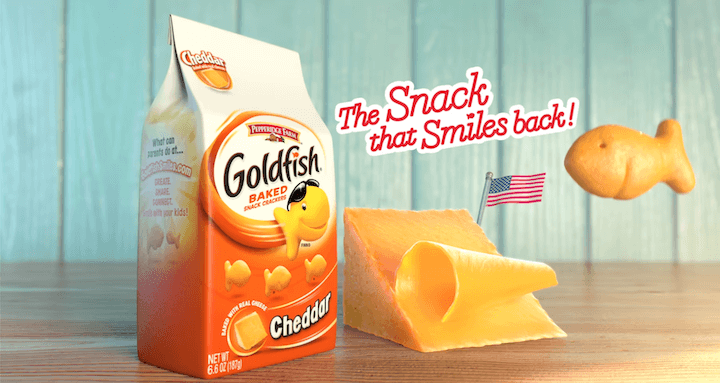
11. Outback Steakhouse: No Rules, Just Right
Your slogan doesn’t necessarily have to speak to your product directly. Take Outback Steakhouse’s slogan, “No Rules, Just Right.” This evokes the hospitality you can expect in the restaurant, and it appeals to a rebellious, rugged attitude that just can’t be tamed by a Ruby Tuesday’s.
12. State Farm: Like A Good Neighbor, State Farm Is There
State Farm’s slogan does a great job of setting the tone for its customer relationships and making them not only positive, but appealing: This insurance company is as dependable, as accessible as your neighbor.
13. Toyota: Let’s Go Places
Toyota’s “Let’s Go Places” is an excellent example of a slogan that communicates the company’s value proposition. The benefit of having an affordable, dependable car is that you can use it—whether that’s to get home to your family after a long day of work, to travel outside the city for a weekend of hiking, or to a destination you haven’t decided on yet.
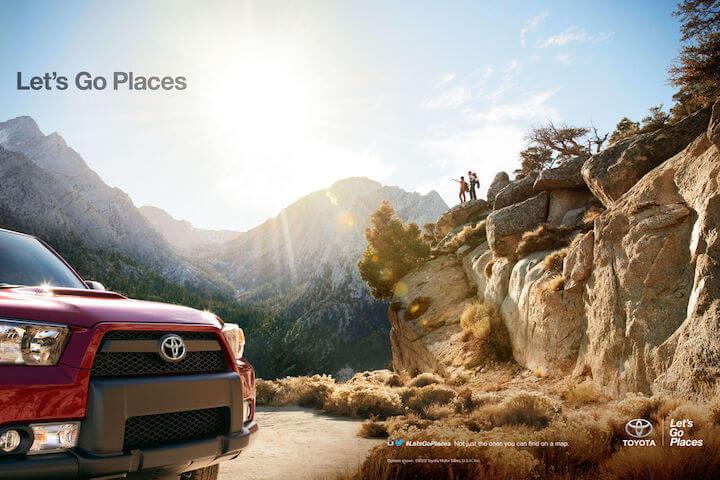
With the structure here, Toyota emphasizes that it’s a two-way relationship. With the contracted “us,” the company subtly lets its audience know that it’s traveling together.
14. AirBnB: Belong Anywhere
According to AirBnB’s brand story, the company set out to revolutionize travel by allowing people to experience places not as tourists, but as locals. Staying in an apartment instead of a hotel lets you see different parts of a city; renting a house in the mountains instead of staying in a resort forces you to check out local grocery stores or farmer’s markets.
These nudges toward local living feed into AirBnB’s slogan: “Belong Anywhere.”
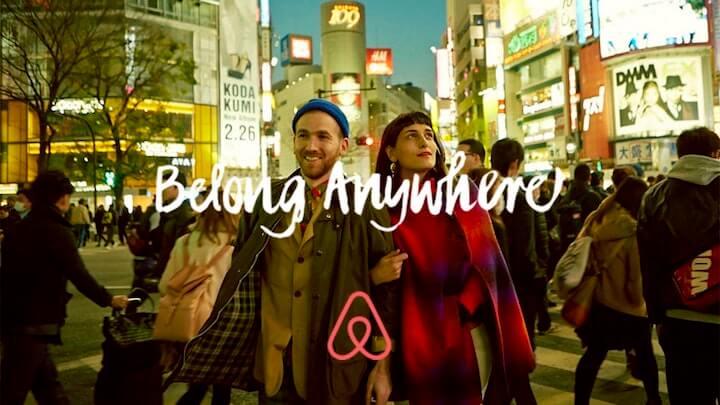
This simple, powerful statement captures the promise of staying in an AirBnB and, even more importantly, captivates anyone interested to give it a try.
15. Red Bull: Red Bull Gives You Wings
This slogan is a cautionary tale. Red Bull’s slogan is punchy and over the top, which is fitting for an energy drink with active consumers.
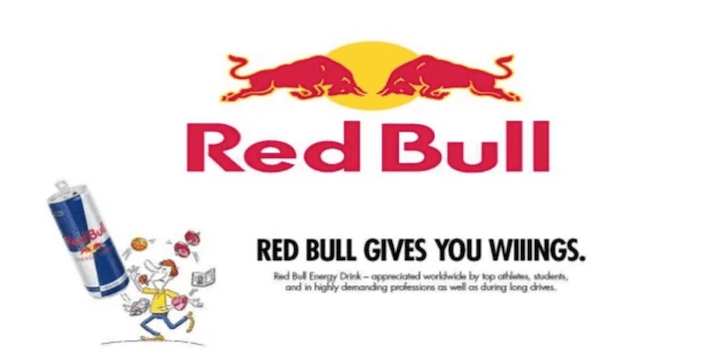
Unfortunately, this slogan also implies that the product will do the impossible and literally give you wings. The company had to pay out a settlement for the false claims about the marketing copy. A good lesson to keep your slogan memorable but not fraudulent.
16. Capital One: What’s in Your Wallet?
This credit card company’s slogan is catchy because it’s so simple: a question about what’s inside your wallet. This question is a great way to grab attention. We all carry around our licenses, credit cards, useless ATM receipts, a stack of random punch cards for coffee shops that we never remember to use in the first place—but maybe that’s just me?
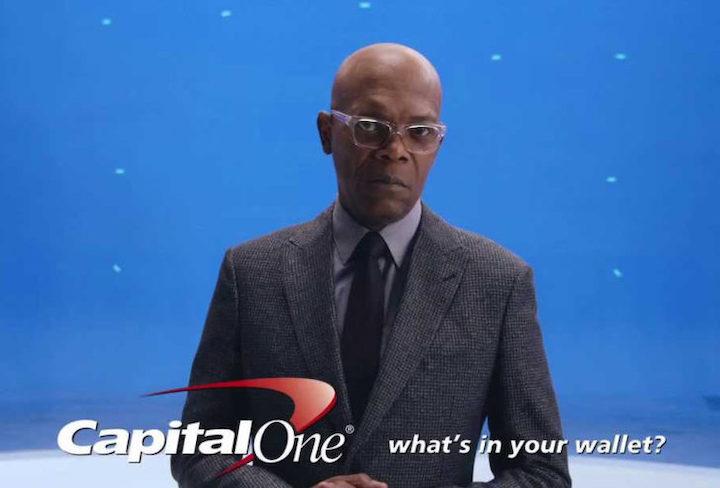
By structuring the slogan as a question, too, Capital One is starting a conversation with its audience. This invitation is a great way to position the brand as a partner in a less explicit way than State Farm’s slogan, for instance.
17. Home Depot: How Doers Get More Done
Owning a home means pretty much giving up every weekend to chores. And whether it’s mowing the lawn, cleaning the gutters, painting the closets, or a bigger DIY bathroom upgrade, you can always count on at least two last-minute trips to a hardware store for supplies. Home Depot knows this, and that’s why it is referenced in their slogan.
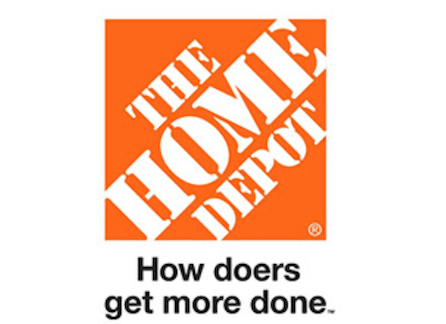
Using “doers” here for their audience is an amazing way to capture the range of people in its audience. Doers includes the qualified contractors and builders, as well as the weekend DIYers, and that’s good for business.
💡 Want marketing and slogan ideas for every month of the year? Free guide >> The Mega Must-Have Marketing Calendar
18. Apple: Think Different
When I was in high school, there was an American Eagle shirt that said “Be Different” that so many people I knew had. So many of my classmates wanted to proclaim how different they were in the same way—and I’m sure at the time I asked my mom to drive me to the mall to no avail, but that’s beside the point.
The point is that a desire to be different is universal.
Apple uses that desire with its simple, powerful slogan.
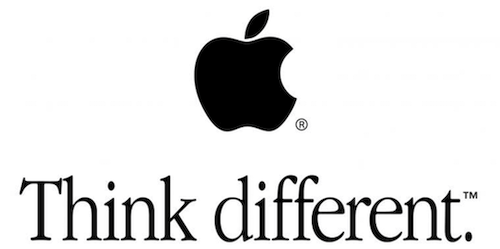
19. Pizza Hut: No One Outpizzas the Hut
This is an absurd slogan, and that’s why it’s stuck in my brain since I was reading books for stickers to get a free personal pan pizza. Does anything really call Pizza Hut “the Hut”? Doesn’t almost everywhere else have better pizza?
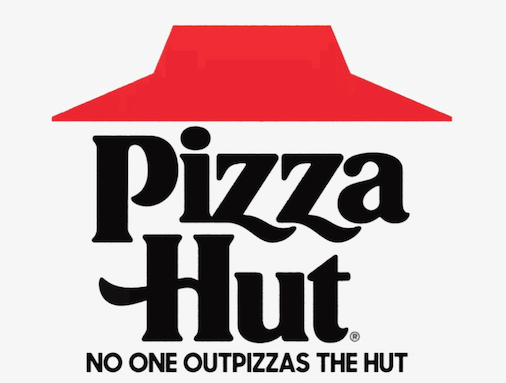
Whatever it actually means, the sentiment is clear: Pizza Hut is the best, and that’s often the takeaway you want from a slogan.
20. Papa Johns: Better Ingredients, Better Pizza
The repetition here does more than help an audience remember. It suggests a relationship that compares this pizza chain to its competitors: Papa Johns uses the better ingredients, so it’s Papa Johns who has the better pizza.
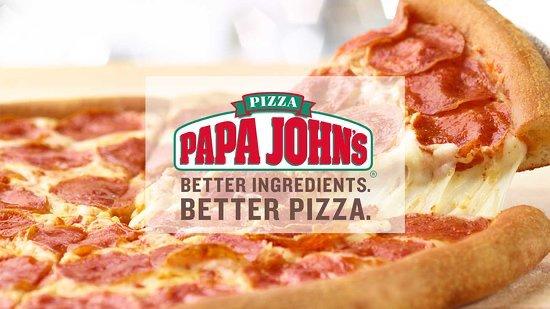
I’ll be honest: I don’t really need all the pieces of pepperoni on a pizza to be the same size in order to think it’s delicious. But it’s a nice message, and a memorable slogan.
21. Dunkin Donuts: American Runs on Dunkin
This might be my favorite slogan, and I say that with no affinity for Dunkin’s coffee. (Despite living in Boston for the better part of a decade, I still just can’t stomach it. But munchkins are a different story.)
The proclamation in this slogan is bold, and it’s clear. America relies on its coffee brand of choice, and it needs it to function. Plus, the internal rhyme with “runs” and “Dunkin” ads a sing-song rhythm to the phrase that makes it sound all the more appealing.
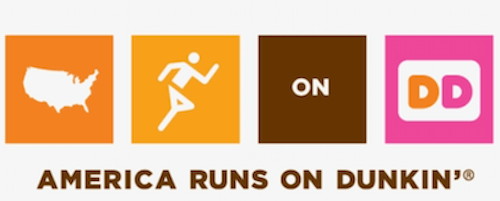
Now, to be clear, this is an exaggeration. But announcing that all of America likes your coffee and Boston Cremes isn’t making a fraudulent promise—it’s just being confident.
How to draft your own catchy advertising slogans
We just ran through a lot of unforgetting advertising and marketing slogans. These advertising slogan examples are good for so many different reasons—they’re catchy or clever, they’re powerful or appealing. That makes this a great place to start for inspiration before writing a slogan for your business.
Here are the best advertising slogan tips based on the successful slogans we went through to help you get started on your own:
Plan on a project
You might stumble on the perfect slogan on your first try, it’s true, but it’s not at all likely. Instead, plan to get your team together and brainstorm, then draft and workshop some more. If these iconic slogans prove anything, it’s the power of the right slogan. It’s worth your time to find that for your business.
Start with your brand
An advertising slogan resonates because it fits with the brand. Pizza Hut’s brand is playful, and its slogan is absurd. Apple’s brand is aloof, and so is its command of a slogan. When you start writing, keep your brand in mind. You want the slogan to match your brand’s voice and appeal to your audience, so brand alignment is key.
Be honest
You can’t overpromise in your slogan. Instead, focus on your product’s strength and what makes your offering different than your competition. Double down on that and skip any false promises.
Use emotion
The best slogans are memorable because the audience has an emotional response. You don’t need to be so heavy-handed as using words like love or smile in your slogan like McDonald’s and Goldfish, but you do want to pay attention to what emotional reaction you’re eliciting with words and sounds in your slogan.
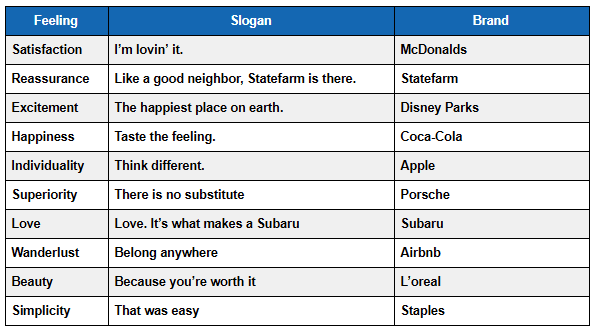
Keep it quippy
Our attention spans are short, and only getting shorter! Your slogan needs to be quick, and even better if it’s quippy. Whether it’s a clever reference, rhymes, or some wordplay, this will help make your slogan—and your business—unforgettable.
Start adding amazing advertising slogans to your campaigns
Was that alliteration heavy-handed? Yes, it was. But it stuck out, and your slogan should, too, to make sure your business is memorable for your audience. So use these iconic advertising slogans for inspiration, and follow the lessons we gleaned from them as you start drafting your own. Good luck!


